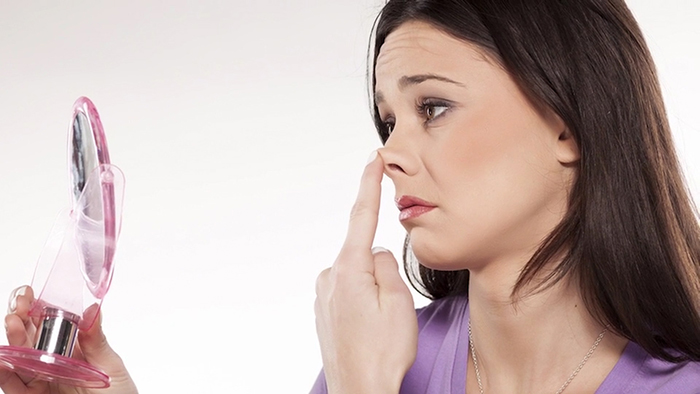The nose continues to grow as we age, right? This commonly thought fact is actually false. In this PSC Uncut, Drs. Michael Lee of Texas and Mark Epstein of New York, both accomplished rhinoplasty surgeons, set the record straight when it comes to the nose and how it ages.
How the Nose Ages
The often passed-around notion that the nose continues to grow as we age is pervasive. For whatever reason, we’ve all been told through hearsay that it continues to grow, and we have plenty of older men with large noses to “confirm” this hypothesis. The truth? “It’s fiction,” states Dr. Lee. “The nose stops growing typically by the late teens, early 20’s. What DOES happen is it continues to age just like the rest of our face does.”
We certainly know the face ages, so it makes sense that what appears to be a growing nose is really caused by the same processes that age the rest of the face: volume loss and textural changes to the skin. “The changes we see with the nose primarily is loss of tip support,” explains Lee. “A nose that was once up here is now a few millimeters lower. Millimeters in rhinoplasty can be dramatic, so it gives the appearance of a longer, larger nose. It doesn’t continue to grow, but changes happen with the aging process that can make a nose look larger than it once was.”

The Nose Doesn’t Continue to Grow, But It Does Change
While this may seem like a question of semantics, the difference between a continually growing nose and one that ages with the face is important. One can be corrected while the other cannot. “This question immediately made me think of my grandfathers,” says Dr. Epstein. “I cannot imagine either one of them having the nose that I remember on them when they were 20 years old. It would just not fit their face and look way to big.”
“In a sense there are some visual cues that make the nose look bigger,” explains Epstein. “It seems to me that the changes are more evident in males than females. You seem to see those differences when they hit 60 and above.”
Combating the Aging Nose
One thing that certainly isn’t fiction is the fact that current populations are aging more gracefully than before. “As the population is aging, we talk about how 40 is the new 30,” says Epstein. “Men and women in their 70s are enjoying life as they did in their 20s and 30s. I think now that we’re able to control textural changes in the skin, we’re able to offer the aging population a lot more options.”
Through scientific discovery and more health-conscious living, older people are younger! This means that while physical activity and healthy diets contribute to healthier and more active seniors, the aging process of the face continues as it did before. A man in his 60s who spends time as a man in his 30s or 40s may consider a procedure to alter that aging nose to better reflect the age he feels inside. This is where rhinoplasty surgeons can step in, correcting the changes that have occurred to give patients the look they used to have.